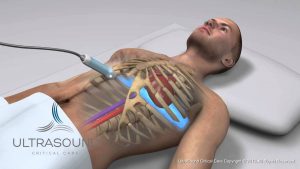GET LECTURE HANDOUTS and other DOWNLOADABLE CONTENT FROM THIS VIDEO SUPPORT US ON PATREON OR JOIN HERE ON YOUTUBE. https://www.patreon.com/medsimplified The testis is the male gland important for both reproductive and endocrine functions. Initially, it begins as an undifferentiated gonad in the retroperitoneal area. Transcription of the SRY gene (testis-determining factor region) on the Y chromosome ultimately leads to sex differentiation. Without the SRY gene, the gonad would develop into an ovary. As the fetus develops, the functioning testis produces the male hormone testosterone to allow development of male genitalia. Over the last 3 months of gestation, the testis must course its way down from its original retroperitoneal position to its final destination in the scrotum. During its journey it must pass through the peritoneum, abdominal wall via the inguinal canal, and into the scrotal pouch. The testis is a paired, ovoid male reproductive organ that sits in the scrotum, separated from its mate by a scrotal septum. Described by some as being shaped and sized like a large olive or small plum, the average volume of the adult testis is approximately 25 mL. Typically, it measures 3.5-5 cm in length by 2.5-3 cm in both width by 3cm in depth The tunica vaginalis testis (a remnant of the processus vaginalis) envelopes the testis in a double layer, except at the superior and posterior borders where the spermatic cord and epididymis adhere to the testes. The visceral layer of the tunica vaginalis testis is closely applied to the testis, epididymis, and ductus deferens. On the posterolateral surface of the testis, this layer invests a slit-like recess between the body of the epididymis and the testis that is called the sinus of epididymis.[5] The parietal layer of tunica vaginalis is adjacent to the internal spermatic fascia, is more extensive, and extends superiorly into the distal part of the spermatic cord. Deep to the tunica vaginalis, the tunica albuginea is a tough, fibrous outer covering of the testis. On the posterior surface, it is reflected inwardly to form an incomplete vertical septum called the mediastinum testis. The mediastinum testis extends from the superior to near the inferior portion of the gland. It narrows in width as it travels inferiorly. Anteriorly and laterally, numerous imperfect septa are given off, which radiate to the glands surface and are attached to the tunica albuginea. These divide the interior of the testis into numerous, cone-shaped spaces that have a wide base at the gland’s surface and narrow as they converge to the mediastinum. In these spaces, the numerous lobules of glandular structures (the minute but long and highly coiled seminiferous tubules) are housed. The mediastinum supports the ducts and vessels as they pass to and from the glandular substance. The seminiferous tubules are lined with germ cells that produce sperm and nutrient fluid. These tubules empty their contents into a network of anastomosing ducts, which ultimately empties into the epididymis. he epididymis is a comma shaped, elongated structure composed of a single, fine tubular structure estimated up to 6 meters (approximately 20 feet) in length. This tube highly convoluted and tightly compressed (average size of approximately 5 cm) to the point of appearing solid. Located on the posterior border of the testis, it is composed of 3 parts, including the head (caput), body (corpora), and tail (cauda). The epididymal head overhangs the upper pole of the testis, receives the seminal fluid from the ducts of the testis (which pierce the upper portion of the mediastinum), then allows the passage of the sperm into the distal portion of the epididymis. Due to its length, the epididymal duct allows space for storage and maturation of sperm. Progressively tapering in width, the narrow tail continues as the ductus deferens Subscribe here – https://www.youtube.com/channel/UCOmrniWfKi-uCD6Oh6fqhgw Watch Again : https://youtu.be/ImetvbMXgUA -~-~~-~~~-~~-~- CHECK OUT NEWEST VIDEO: “Nucleic acids – DNA and RNA structure ” https://www.youtube.com/watch?v=0lZRAShqft0 -~-~~-~~~-~~-~-
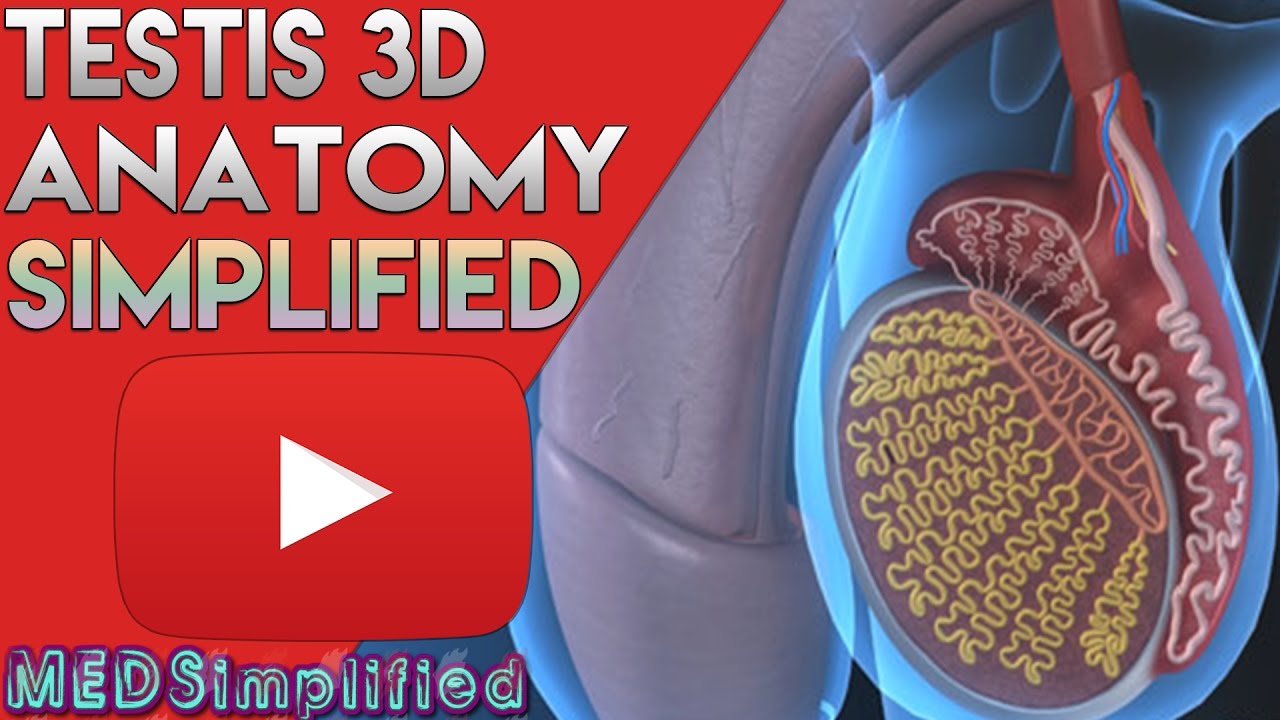
Testis and Epididymis – Male Reproductive Anatomy Part 1
- Post author:
- Post published:May 7, 2021
- Post comments:0 Comments
You Might Also Like
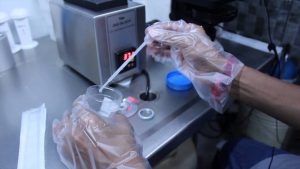
Semen Analysis

Sugar Free, Low Sugar Video – 10

Potassium, Muscle Strength, and Exercise Endurance
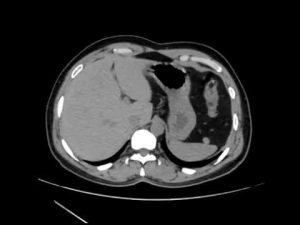
C T -RENAL ANGIOGRAM

Intermediate Inner Thigh Adductor Exercises

Top 3 Lateral Raise Exercises – Medial Delts!

Memorize amino acids | amino acid easy tricks to remember

Intermittent Fasting & Fasting Video – 3

How To Do A Crunch Properly | Beginners Tutorial

internal organs crunched

Dangers Of Elevated Liver Enzymes
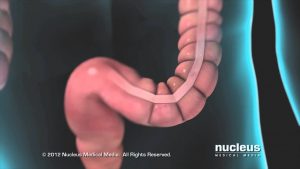
Diverticular Disease

One Hand Triceps Extension-12
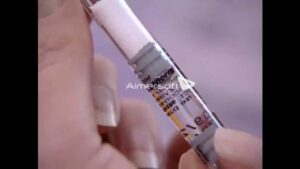
changing genotropin pen cartridge-hgh-human growth hormone
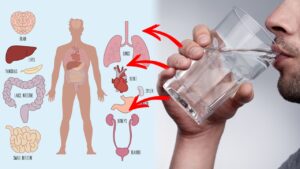
10 Health Benefits of Drinking Warm Water

Close Grip Barbell Bench Press | Arm Workout

Alli Weight Loss Aid Pills

What Is The Definition Of Physiology Medical School Terminology Dictionary

Anabolic Steroids – History, Definition, Use & Abuse Video – 48

Endocrine System Diabetes And Asanas Video – 5
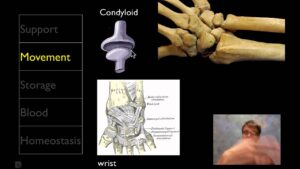
The Skeletal System

Pregnancy Food Guide: What to Eat and What Not To Eat?

Glucosense ends finger pricking for people with Diabetes

Does Rogaine/Minoxidil Work Effectively? How about Propecia/Finasteride?

Pre Surgery Video – 5
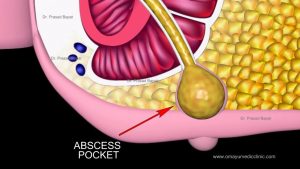
Know Everything About Anal Fistula – Formtion | Cure | Kshar sutra Treatment
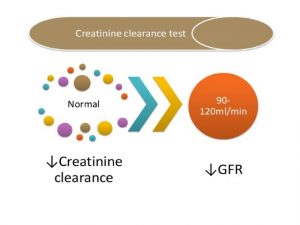
RENAL FUNCTION TEST
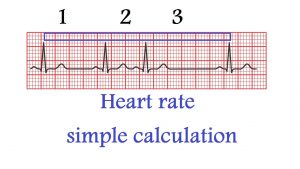
How do you calculate heart rate from ECG?
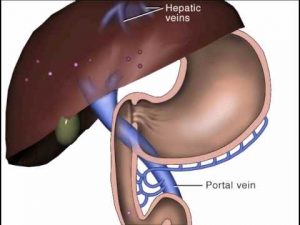
Pharmacology: Oral Meds Absorption

How To Do Preacher Curls Properly

Neurology Video – 4

HOW INSULIN WORKS – Science of WEIGHT LOSS
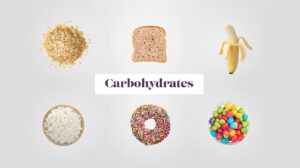
The Spectrum of Carbohydrates – from Whole Grain to White Bread

Pregnancy Diet: 5 Tips For Proper Prenatal Nutrition

Preservatives Video – 2

Gymnastics Rings Strength Training Exercises and Program

What is Adenomyosis? (Enlarged Uterus)

what is renal failure / Symptoms of kidney failure / chronic & acute kidney failure

Sports Psychiatry Video – 3

16 Different Ways to Step Up

Erin Stern Shoulder Workout for Rear Delts
